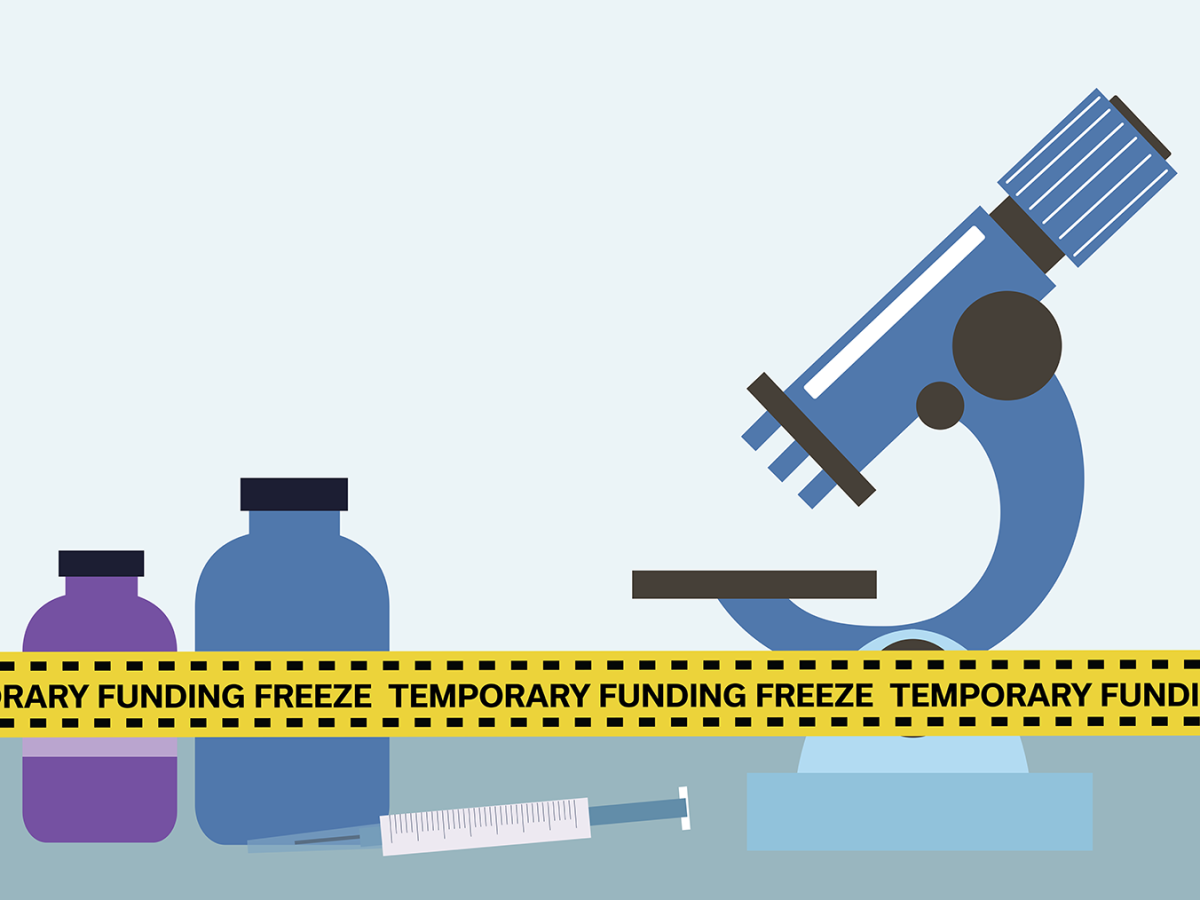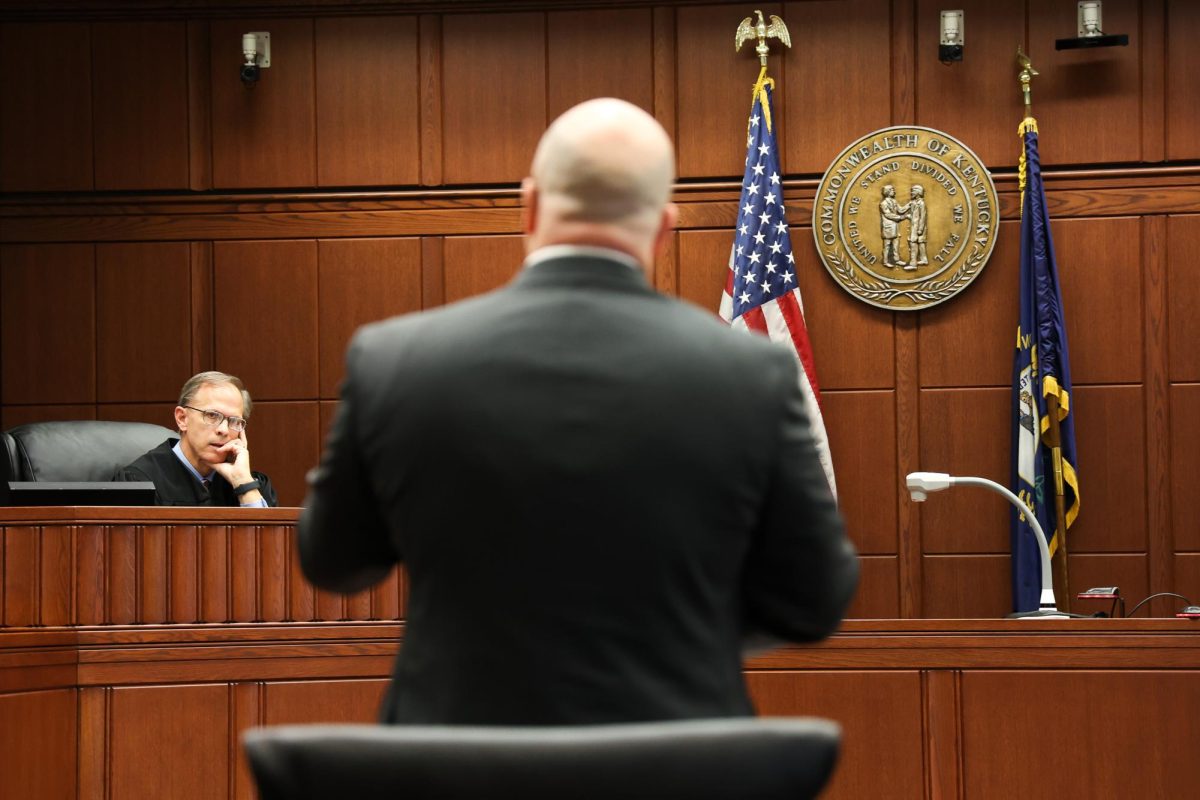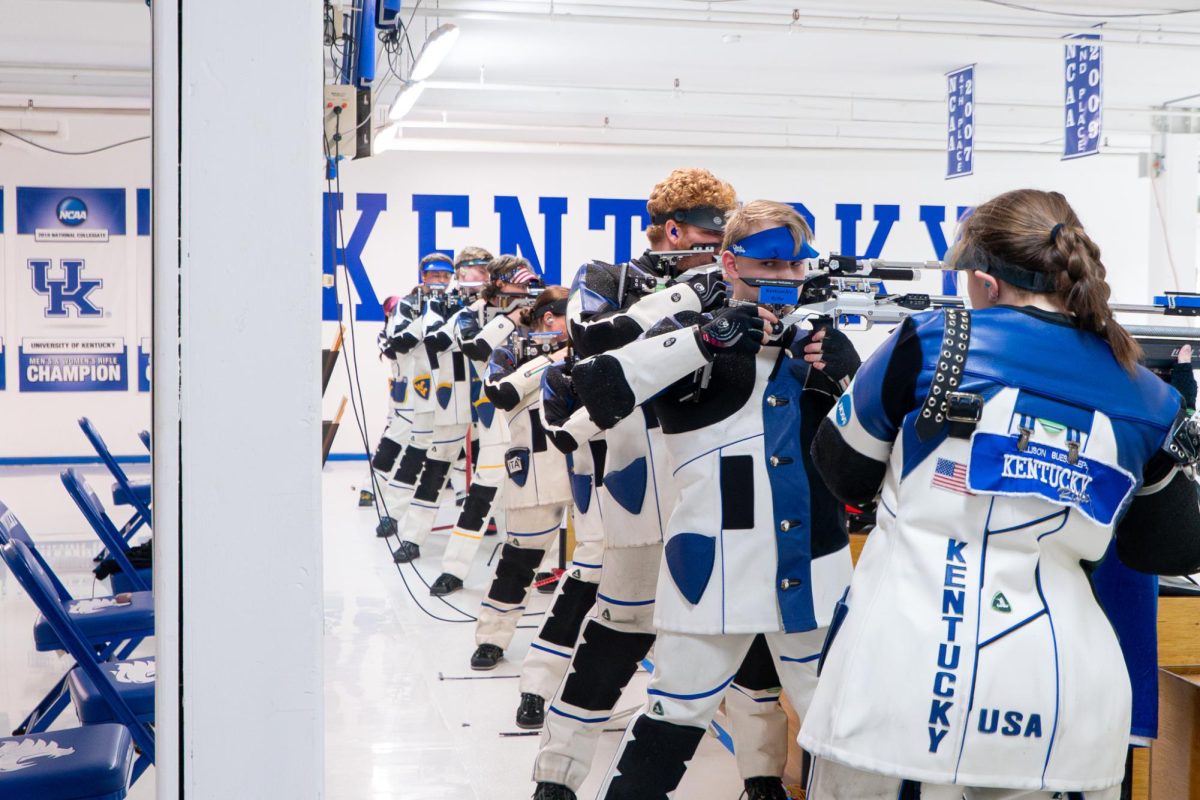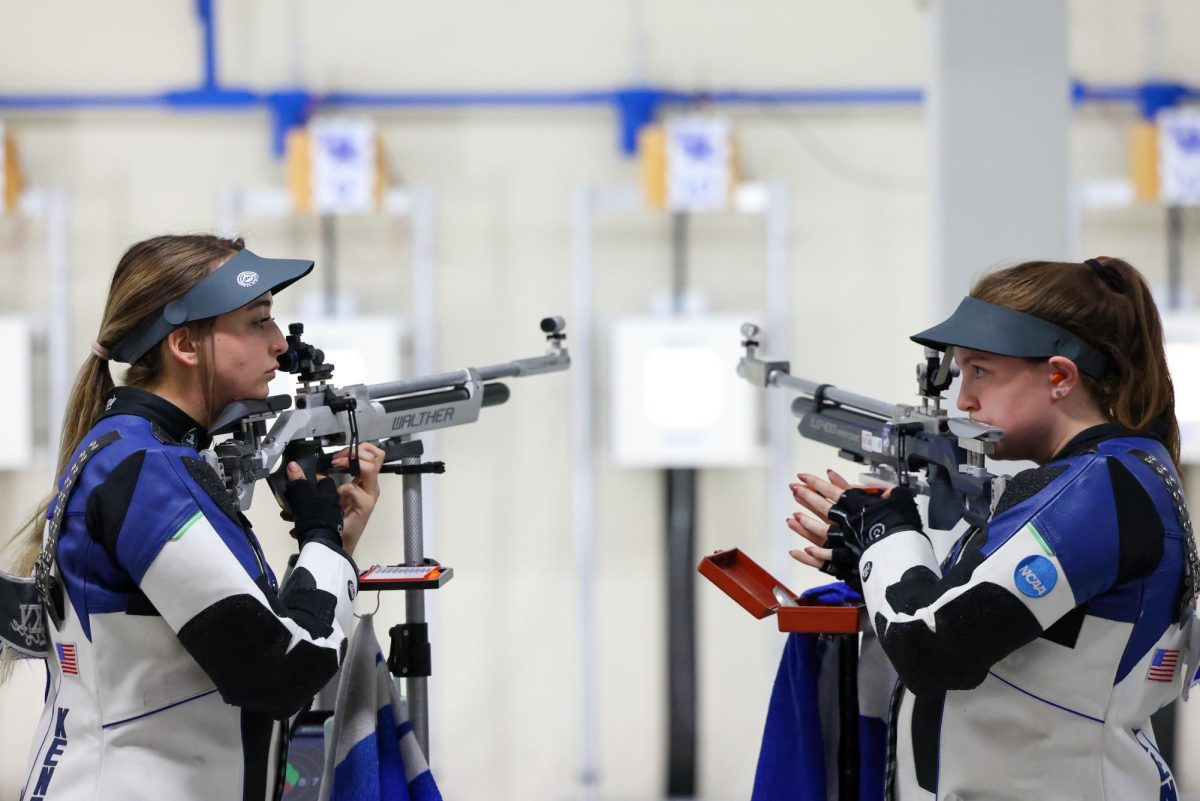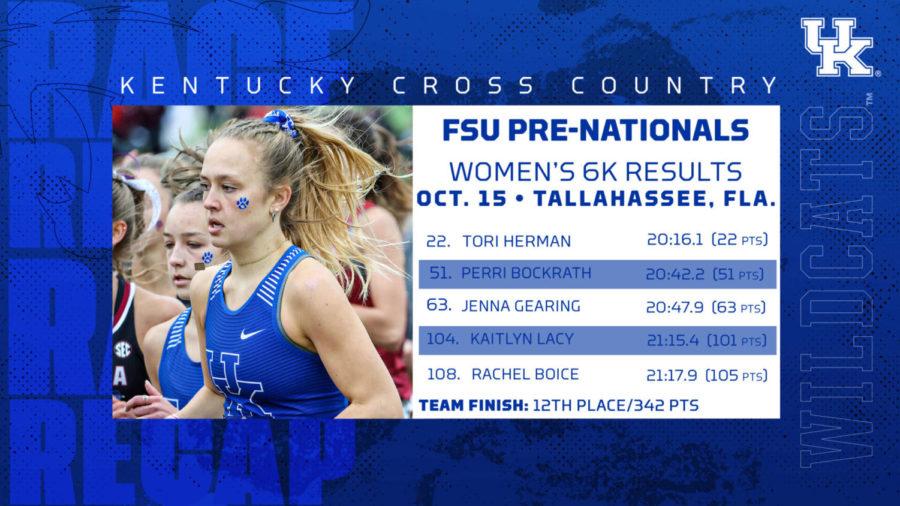One night in early September, after copious amounts of tossing and turning, I rolled over and took a look at my clock: 3:27 a.m. My eyelids felt like dumbbells, yet my mind would just not stop racing.
BANG!
I leaped out of my sheets. It sounded like a pistol had been shot directly under my open window. My groggy mind struggled to catch up. A muffler backfire? A horse-drawn buggy with an overexcited coachman brandishing a very snappy whip? An asteroid crashed down from the heavens, perhaps? Panic flashed for a moment, followed by confusion and then curiosity.
I parted the blinds ever so slowly, my eyes landing on the source of the noise below. A BMW had slammed into the light post below. The light post was on the far side of the sidewalk, far enough away from the road that you would need to try to hit it.
The driver, a high school-aged girl, was already out of the car and scream-crying into the phone. Fortunately, she seemed uninjured, just discombobulated. Whatever was going on down there was not my business. I would have tried to go back to sleep, honestly, but the police cars’ red-and-blues wouldn’t stop flashing through my shutters. I made peace with my inevitable fatigue for the next day and laid down in my bed once again.
Admittedly, my thoughts about the situation weren’t exactly sympathetic. I felt more vitriol than anything else about the unwelcome spectacle hindering my sleep. My mind kept going back to one question: “Why do some seem to lack the fundamental skills for driving?”
I did my due diligence by researching things that only an insurance rate adjuster would have found enthralling. I won’t bore you with the nitty-gritty details, but in essence, drivers, especially recently licensed ones, might only know how a road works on paper. They may understand all the road signs, study the flow of traffic, learn how to use a turn signal or how to escape the watery jaws of a hydroplane, as this is exactly what the state is testing for during the licensing exam. What they have in armchair experience, they lack in practical understanding of the nuances of the road.
I propose a more lengthy learner’s permit phase with more hands-on, monitored driving experience. Statistically speaking, the fatal crash per mile driven rate is roughly three times higher for drivers in the 16 to 17 years old category than for drivers who are just four years older. This data, which was collected in 2022 by the Insurance Institute for Highway Safety, also shows that teen drivers are more likely to drive dangerously than older drivers (some 79% of crashes in this age group had speeding as a contributing factor).
The data also shows that teenagers, to the surprise of nobody, are more impulsive behind the wheel. They drive recklessly, cut off cars, weave in and perform dangerous (for lack of a better term) stunts than people with more developed frontal lobes.
They seemingly do not understand that a car is essentially a metal sarcophagus hurling down flat concrete at inhuman speeds. A firm guiding hand in the form of a modified learner’s permit phase would, at least in theory, ensure that they were prepared to drive before they were cut loose.
A learner’s permit for about two years with intermediate road tests throughout would require students to prove they grasp the concepts throughout rather than just at the end. The roads would be safer, and new drivers would be more skilled. As a bonus, this could lower the exorbitant insurance rates, which, on average, are approximately 73% higher for people 16 to 20 years old compared to 20 to 25.
Furthermore, we should have mandatory follow-up driving exams every five years until age 55 and a retest every three years after that. Nearing later years (≥ 75 years), a road test every six months would be ideal.
As people get older, at no fault of their own, their physicality starts to deteriorate more rapidly. Eyes start going. Hearing, too, which is plainly evident in the two most common issues that senior drivers make. As mentioned in a statistic released by the National Center for Statistics and Analysis, aging issues present themselves physically when behind the wheel through failure to yield to the right of way properly, which is the most significant cause of crashes within the senior community, followed closely behind by a lack of proper road surveillance.
A couple of years ago, I was driving home from high school. The road I was on didn’t have any stop signs until the end. However, it did have side roads with stop signs, complete with a plaque underneath that clearly states, “Cross Traffic Does Not Stop.”
As I was driving down the main road, a metallic, silvery glint caught my eye: a car barreling at me through their stop sign. Luckily, I had just enough time to swerve out of the way, throwing me into a ditch. Everyone was okay, just rattled.
The driver, a gentleman presumably in his mid-to-late eighties, stiffly shuffled out of his truck to check on me. He was very apologetic about the situation and said that he thought I was the one who needed to stop.
I motioned over to the gigantic red stop sign adorned with the aforementioned plaque. He squinted and leaned forward a bit. Then, after a second, he finally spoke in a shaken tone, “Well, son, I’m so sorry. I couldn’t see that.”
A retest to make sure that a senior is still capable of operating a motor vehicle to the same capacity as they could five or six decades ago would drastically improve road safety for both themselves and everyone else.
It’s hard to watch family members age and slowly lose their ability to do what was once a basic task. My great-grandmother—the matriarch of my family and previously known for the grit she developed in her 90 years of life—should not have been driving at all, even just half a mile down the road. As unfortunate as that is, objective decisions need to be made to ensure the safety of our transportation grid.













